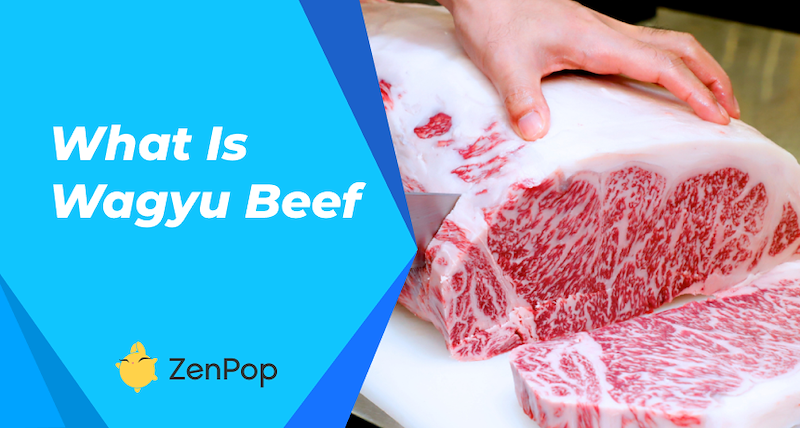
</title><meta name="robots" content="noindex"> What is Wagyu?
Wagyu beef is a collective word that refers to all beef cattle breeds in Japan. The word consists of two kanji 和 (wa) and 牛 (gyu), which means Japanese cattle.
This special meat features a high amount of marbling, which results in a unique flavor and tenderness. Wagyu beef maintains its popularity in Japan and abroad with an increasing number of chefs adding this ingredient to their repertoire.
Let’s explore the characteristics of Wagyu beef and further discover what makes it an exceptional element in Japanese cuisine and dishes around the world.
What is so special about Wagyu beef?
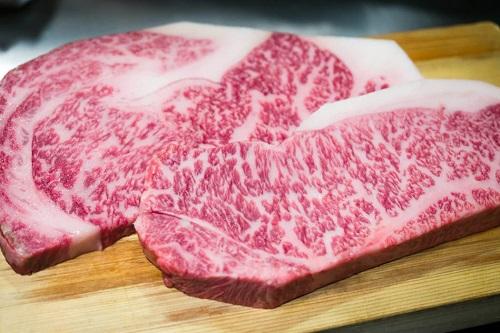
Wagyu stands out from other types of meat due to its highly marbled texture, which is characterized by visible intramuscular fat layers. The unique genetics of Japanese cattle coupled with the cultivation process gives the Wagyu a higher marbling score.
The dish becomes sumptuous with Wagyu beef as the central ingredient because it is tender and juicy. In fact, it is tender enough to melt in your mouth. A full-blooded Japanese cattle will top any beef type around the world when it comes to marble levels.
Other characteristics of Wagyu beef that contribute to its exceptional flavor and texture include higher levels of omega-3, omega-6, and monounsaturated fats. The low melting point of the soft fat also enhances the meat's taste.
Is Wagyu beef healthier than regular beef?
Yes, Wagyu is indeed healthier than your typical beef. At a regular serving size, Wagyu beef has 30% fewer calories. The higher monounsaturated fat content in this beef makes it good for the heart.
The saturated fat in Wagyu beef is also different. Roughly half of it is a fatty acid called stearic acid, which is known to have a neutral effect on blood cholesterol levels.
What makes a cattle Wagyu?
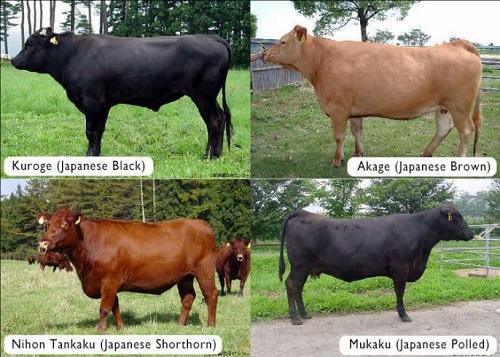
The Wagyu designation isn’t just given to any cattle in Japan. Only the following pure breeds are eligible:
- Japanese Brown or Akage Washu (褐毛和種)
- Japanese Black or Kuroge Washu (黒毛和種)
- Japanese Polled or Mukaku Washu (無角和種)
- Japanese Shorthorn or Nihon Tankaku Washu (日本短角種)
Prior to the 1800s, Japanese farmers used these breeds as draft animals. Then, it became a food source after the Meiji Restoration (1868) It was only during the mid-20th century when cattle experts discovered that these breeds weren’t found in any part of the world.
Why is Wagyu so expensive?
If you’re going to look for a quick answer to why Wagyu is so expensive, it all boils down to the law of supply and demand. The cattle industry in the country is a lot smaller than in the USA. One feedlot consists of around ten to 100 cattle.
Since the Wagyu business operates on a smaller scale, Japanese cattlemen can closely monitor the livestock. The animals are given a distinct, high-energy diet and fed for 600 to 700 days. Farmers also ensure that the cattle live in a proper, low-stress environment. In comparison, typical cattle are only fed for about 120 days.
But it’s not just the scale of operations that affects the price of Wagyu beef. On top of the expensive labor, only cattlemen who specialize in Wagyu can work in Japanese cattle farms.
Wagyu vs. Kobe Beef
Wagyu is the general term for Japanese cattle tied to the breeds we’ve specified in this post. Kobe beef, on the other hand, is a type of Wagyu beef. In particular, it comes from the Japanese Black breed. However, for cattle to be designated as one, they need to have the bloodline known as the Tajiro or Tajima strain, which is known to create exceptional marbling.
Kobe beef is among the most popular Wagyu varieties. But other regions offer different varieties of this meat too.
Dishes with Wagyu in Japan
When you’re exploring the land of the rising sun, and you want to have the authentic Wagyu beef experience, here are some of the best dishes you should try.
Sukiyaki and Shabu-Shabu
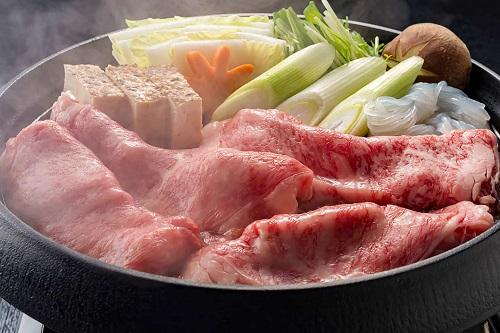
Shabu-shabu and sukiyaki are among Japan’s most popular dishes. Both of them have thinly sliced Wagyu beef cooked in a hot pot with vegetables and dipped in a special sauce. Since Wagyu beef is pricey, people will usually consume about 150 grams of sliced Wagyu.
Since it has a higher percentage of fat, there’s no need to eat a lot of it.
Teppanyaki

You can cook teppanyaki with Wagyu beef as the meat ingredient on a hot iron plate right in front of you. This way, you can enjoy the sight, sound, and smell of the sizzling beef while savoring the delicious taste.
Wagyu Burger
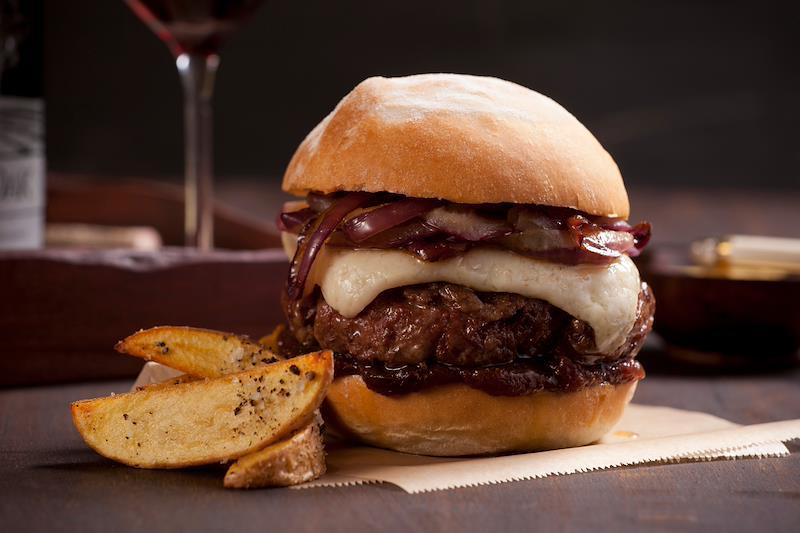
Wagyu beef is not only meant for traditional Japanese dishes. The good news is that it can be used for Western-style food such as hamburgers. The richness of the Wagyu beef combined with the other ingredients creates an explosion of flavor in your mouth.
Naturally, you cannot expect the price to be the same as your ordinary fast-food burger. It is, after all, a gourmet food.
Tokyo has some of the best restaurants that serve this fast-food favorite.
Gyudon
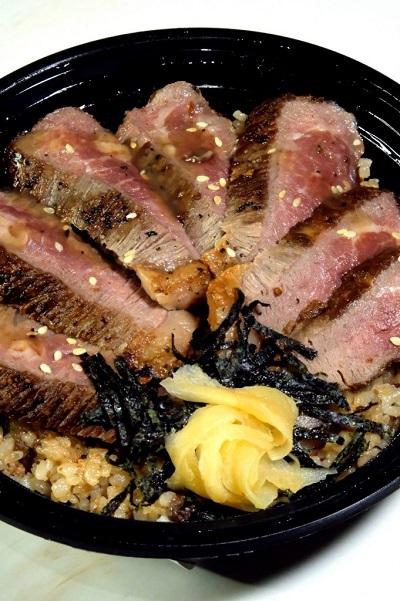
A beef bowl or gyudon is the cheapest way to enjoy Wagyu. Simple yet tasty, it features sliced beef and is cooked with onions in a sweet and savory sauce. The Japanese beef bowl is served with rice
American Wagyu vs. Japanese Wagyu
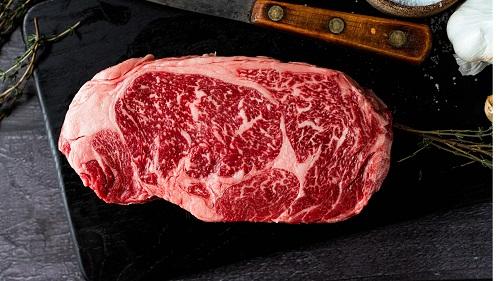
Wagyu beef from Japan easily beats Wagyu from the US or any part of the world. Even if you find purebred Japanese cattle in the States, the quality won’t be the same because the raising methods and diet of the livestock are different.
The way Japanese farms treat their livestock is unparalleled. So if you see a shop selling cheap Wagyu, it’s either sourced from other places or not 100% Wagyu.
Some cattle in the USA are a mix of Wagyu and Angus beef. And while the meat tastes good, it cannot compare to the butteriness and juiciness of Wagyu beef from Japan.
Conclusion
Wagyu beef is a highly prized delicacy that has gained worldwide recognition for its unique taste and tenderness. Just by having a bite of this melt-in-your-mouth meat, you will experience Japan’s culture of excellence and the farmer’s keen attention to detail.
Keep an eye out for our latest Japanese Snack Box where we may have included some wagyu-flavored treats from Japan!

